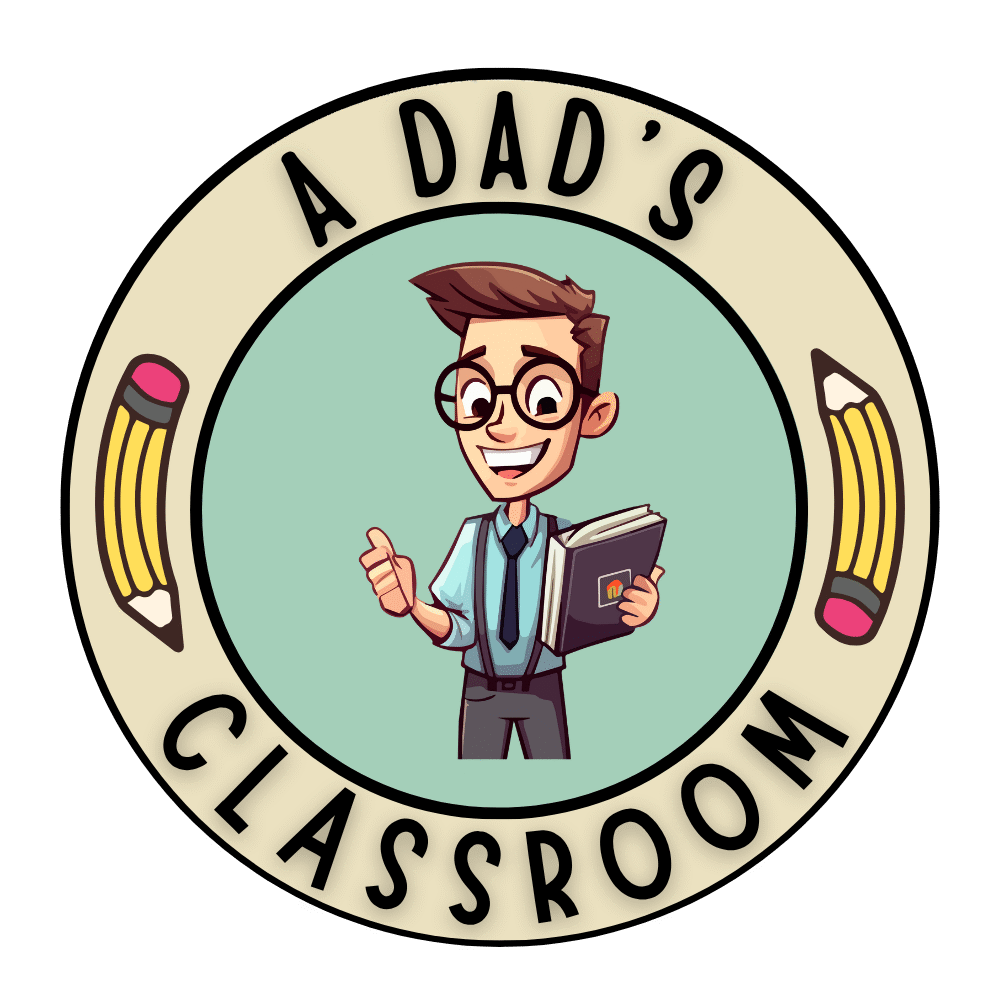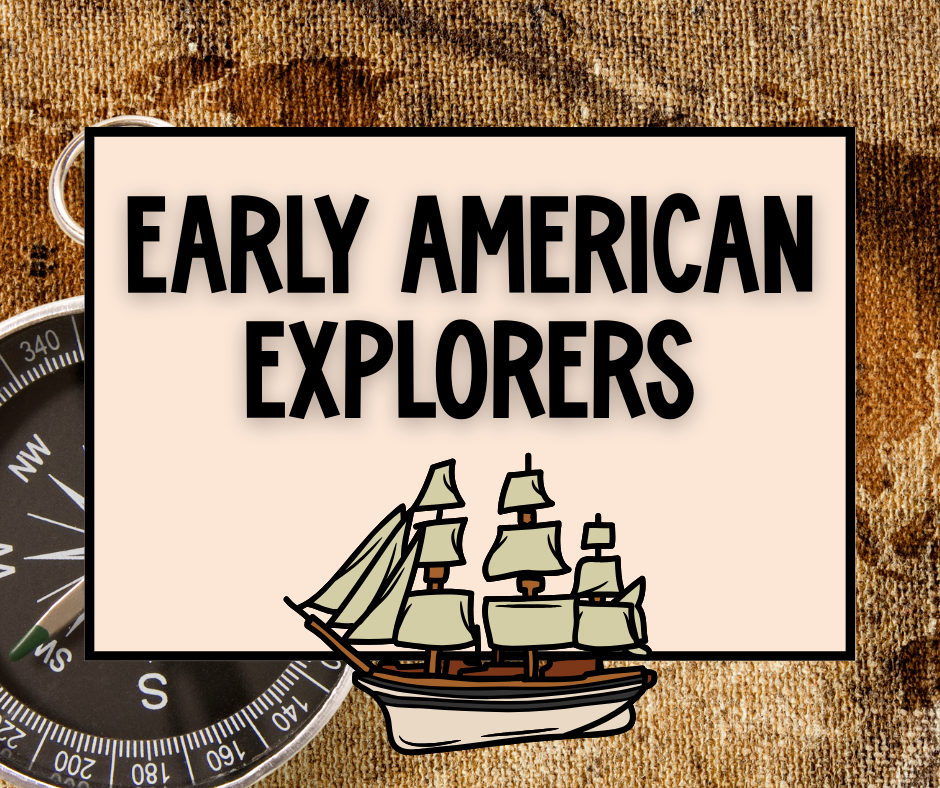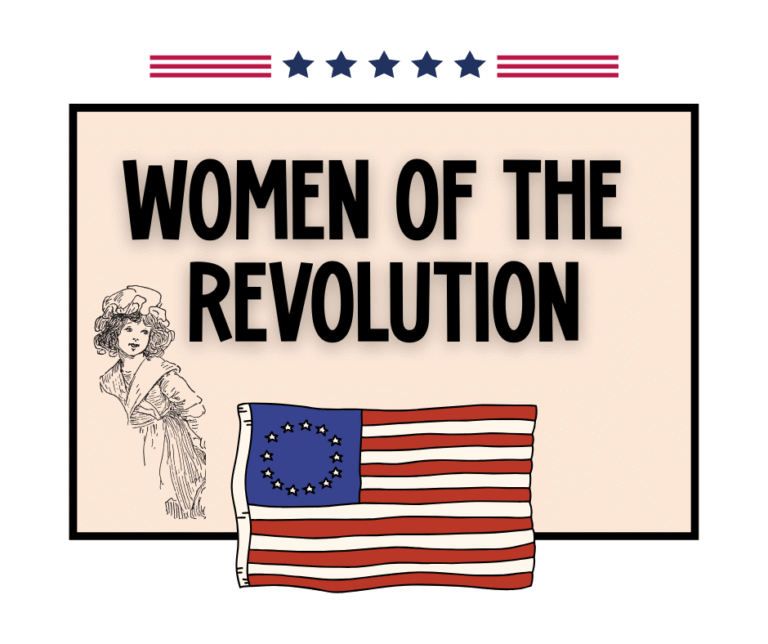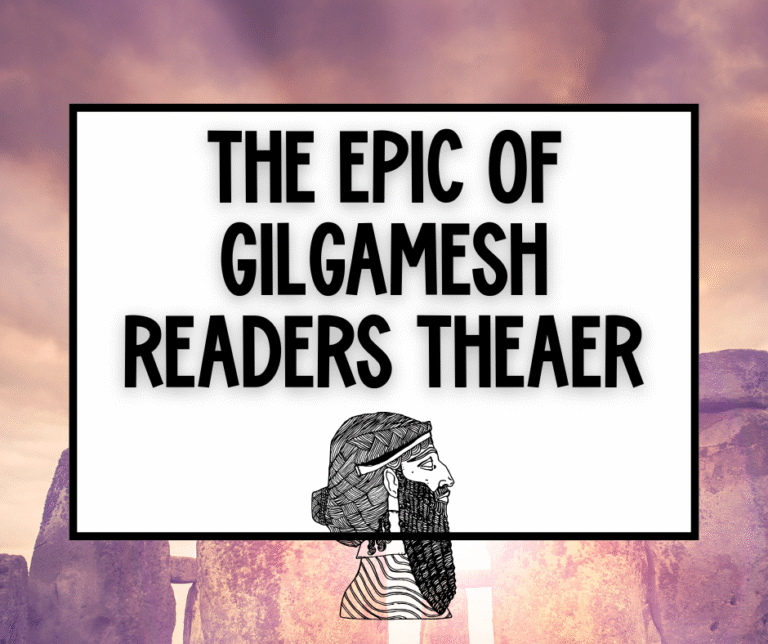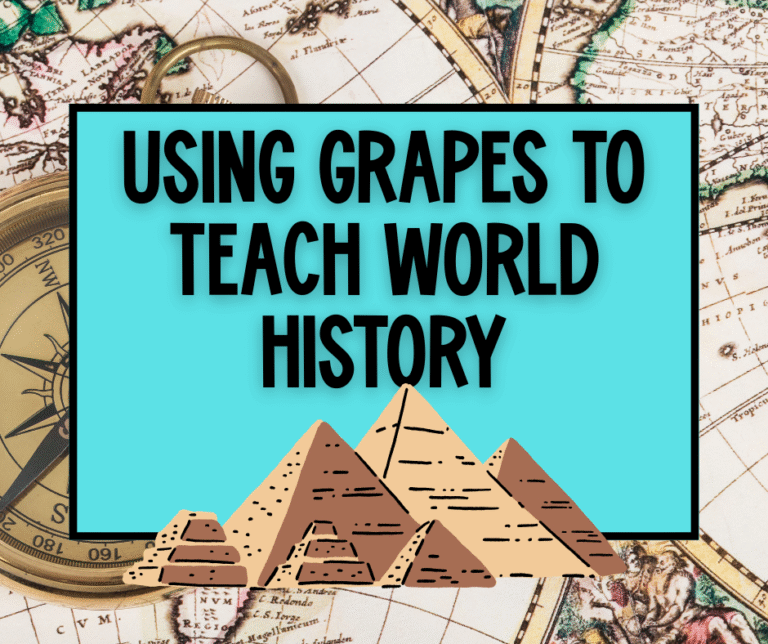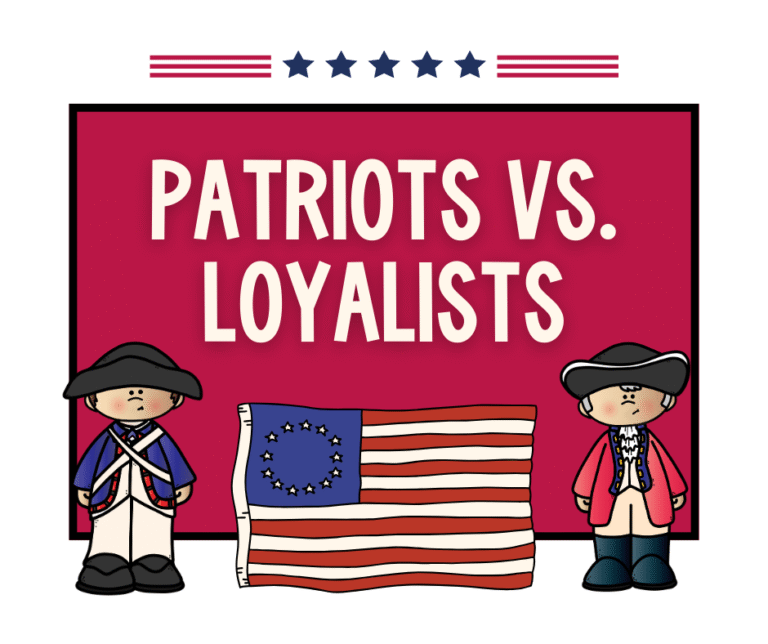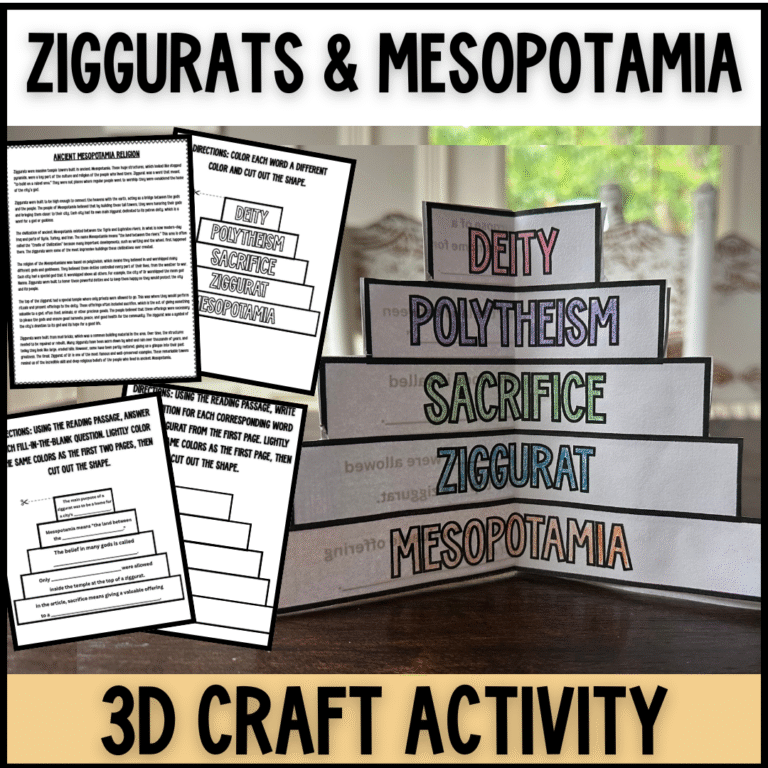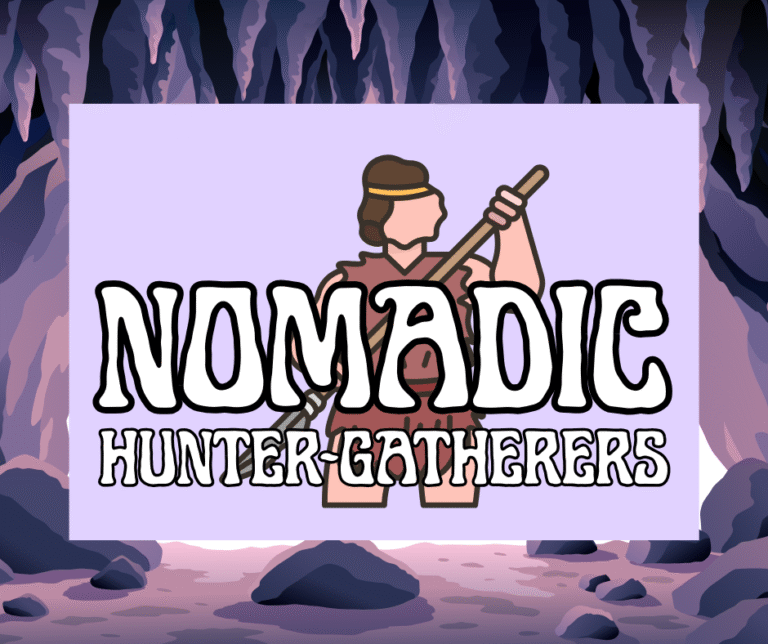Teaching Early American Explorers: 5 Fun Strategies & Activities
It’s the age-old dilemma of every social studies teacher: How do you make a unit on early American explorers feel less like a list of names and dates, and more like a real-life adventure? Let’s face it, getting kids engaged with historical facts can be a tough sell. But what if we could turn our classrooms into a hub of discovery and a breeding ground for curiosity?
The truth is, these explorers were daring, flawed, and utterly fascinating people. And by shifting our focus from memorization to genuine engagement, we can make this unit one of the most memorable of the year. Here are a few low-prep, high-impact strategies I’ve used to bring the era of exploration to life!
The Explorer’s “Pitch” Meeting
Okay, this one is a total game-changer for critical thinking. Frame the lesson as a Shark Tank-style event. Students work in small groups and become a specific explorer’s “advisory team.” Their mission? To prepare a presentation to a monarch (that’s you!) and pitch their explorer’s voyage. They have to explain the proposed route, what they hope to find, and why their mission is a worthwhile investment. It forces them to dig into the goals and motivations of each explorer, not just the facts of their journeys.
The Explorer’s Journal Project
Looking for a way to weave literacy and history? This is it! Have your students choose an explorer and write a series of journal entries from their perspective. It can be a daily log from a long sea voyage or an emotional entry about the struggles of an overland expedition. This project encourages them to think about the emotions, challenges, and triumphs of these real people. It makes history feel personal and gives them a fantastic creative outlet.
Early American Explorers Gallery Walk
This is an absolute must-have in my classroom, especially for those kinesthetic learners. Instead of lecturing, set up a gallery walk with stations dedicated to different explorers. Each station has a short passage detailing the explorer’s name, dates, locations, goals, and historical significance. Students move at their own pace, gathering information and filling out their answer sheet. For a resource that makes this activity completely no-prep, you have to check out this Early American Explorers Gallery Walk. It’s a lifesaver!
What’s in My Explorer’s Bag?
This is a fantastic way to assess student understanding in a creative, hands-on way. Have students select an explorer and either draw or create a diorama of a satchel, filling it with items that symbolize their character’s traits or mission. For instance, for Christopher Columbus, they might include a compass for navigation, a cross for religious motivation, and a flag for claiming land. It’s visually engaging and makes a great bulletin board display!
Interactive Map Missions
Put down the traditional textbook map! A big part of the explorer’s story is their journey. Have your students physically trace the routes of different explorers on a large classroom map. Use colored string or markers to show their paths, and ask students to point out the challenges they would have faced along the way—like mountains, deserts, or rough seas. It helps them visualize the scale of these epic journeys and see how the routes fit into the larger historical picture.
